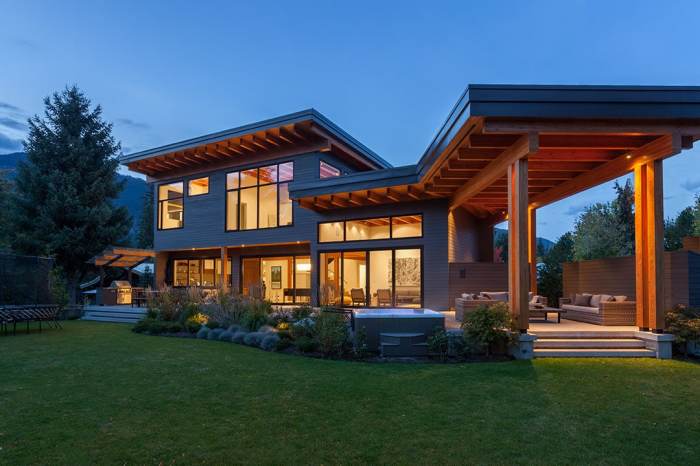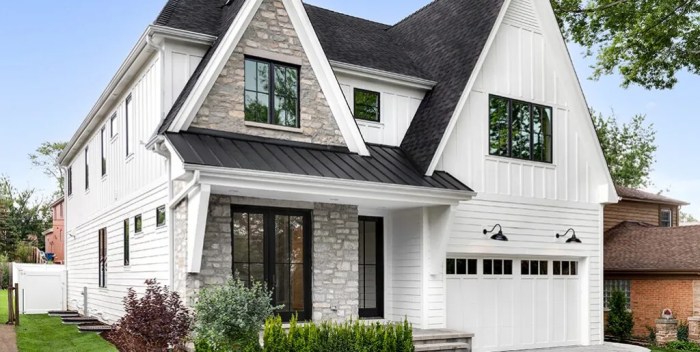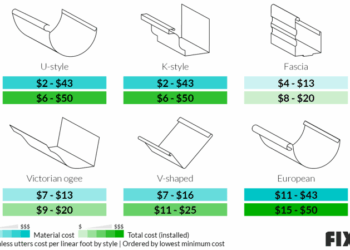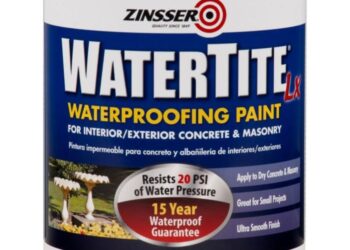Embarking on the journey of energy efficient home exteriors opens up a world of possibilities and benefits. From reducing energy consumption to minimizing environmental impact, this guide delves into the realm of sustainable living with a focus on design, materials, and technologies that pave the way for a greener future.
As we explore the importance of energy efficiency, delve into various materials, design strategies, and innovative technologies, you'll discover the key elements that can transform your home into an eco-friendly haven.
Importance of Energy-Efficient Home Exteriors

Energy-efficient home exteriors play a crucial role in reducing energy consumption, saving money on utility bills, and minimizing environmental impact.
Benefits of Energy-Efficient Home Exteriors
- Improved Insulation: Energy-efficient exteriors help maintain a consistent indoor temperature, reducing the need for heating and cooling.
- Lower Energy Bills: By reducing energy consumption, homeowners can save money on their monthly utility bills.
- Increased Comfort: Proper insulation and sealing keep the indoor environment comfortable year-round.
Examples of Energy-Efficient Exteriors
- High-Quality Windows: Energy-efficient windows prevent heat loss in the winter and heat gain in the summer.
- Insulated Siding: Insulated siding helps regulate indoor temperatures and reduce the workload on heating and cooling systems.
- Energy-Efficient Roofing: Reflective roofing materials can reduce the heat absorbed by the home, lowering cooling costs.
Impact on the Environment
Energy-efficient home exteriors contribute to a reduction in greenhouse gas emissions and overall energy consumption, thus helping to mitigate climate change and preserve natural resources.
Materials for Energy-Efficient Home Exteriors
When it comes to creating energy-efficient home exteriors, the choice of materials plays a crucial role. Sustainable materials not only help in reducing energy consumption but also contribute to a healthier environment. Let's explore some of the sustainable materials suitable for energy-efficient exteriors and compare their energy efficiency, durability, and maintenance requirements.
Insulated Siding
Insulated siding is a popular choice for energy-efficient home exteriors. It helps in reducing heat loss during winters and heat gain during summers, thereby improving the overall energy efficiency of the home. The insulation properties of the siding can also help in reducing energy bills.
Low-E Windows
Low-emissivity (Low-E) windows are another excellent choice for energy-efficient homes. These windows have a special coating that helps in reflecting heat back into the room during winters and blocking heat from entering during summers. This can significantly reduce the need for heating and cooling, leading to energy savings.
Cool Roofs
Cool roofs are designed to reflect more sunlight and absorb less heat compared to traditional roofs. By keeping the roof surface cooler, cool roofs can help in reducing the heat transferred into the home, thus lowering cooling costs. These roofs also help in mitigating the urban heat island effect and reducing greenhouse gas emissions.Overall, these materials not only enhance the energy efficiency of homes but also contribute to a more sustainable and eco-friendly living environment.
It is essential to consider the durability and maintenance requirements of these materials to ensure long-term benefits and cost-effectiveness.
Design Strategies for Energy Efficiency

When it comes to optimizing energy efficiency in home exteriors, there are several key design principles that can make a significant impact. From landscaping to insulation, each element plays a crucial role in reducing energy consumption and creating a more sustainable living space
By strategically planting trees and shrubs around your home, you can provide natural shade during hot summer months, reducing the need for excessive air conditioning. Additionally, incorporating awnings or trellises can help block direct sunlight from entering your home, further decreasing cooling costs.Proper insulation and airtightness are also paramount in energy-efficient home design.
Ensuring that your walls, floors, and roof are well-insulated can help regulate indoor temperatures, reducing the need for constant heating or cooling. Additionally, sealing any gaps or cracks in windows, doors, and other openings can prevent air leakage, maximizing energy efficiency.
Leveraging Natural Elements for Energy Efficiency
When designing your home exterior, consider how natural elements like sunlight, wind, and landscaping can be utilized to enhance energy efficiency. Here are some key strategies to incorporate:
- Maximizing natural light: Position windows strategically to allow for ample natural light, reducing the need for artificial lighting during the day.
- Utilizing cross ventilation: Design your home to take advantage of natural breezes for cooling, minimizing reliance on air conditioning.
- Optimizing landscaping: Planting deciduous trees on the south side of your home can provide shade in the summer and allow sunlight to filter through in the winter, maximizing energy savings year-round.
Technologies for Energy-Efficient Exteriors
In today's world, advancements in technology play a crucial role in enhancing energy efficiency in homes. When it comes to the exteriors of a house, there are several innovative technologies that can be implemented to reduce energy consumption and promote sustainability.
Smart Home Technologies
Smart home technologies, such as automated lighting systems, smart thermostats, and energy monitoring devices, can help optimize energy usage in a home. These technologies allow homeowners to control and monitor their energy consumption, leading to more efficient use of resources.
Solar Panels
Solar panels are a popular choice for generating renewable energy and reducing electricity bills. By harnessing the power of the sun, solar panels can provide a sustainable source of energy for heating, cooling, and powering the home.
Wind Turbines
Wind turbines are another option for producing clean energy. By capturing wind power, turbines can generate electricity to supplement the energy needs of a home. In areas with consistent wind patterns, wind turbines can be a valuable addition to an energy-efficient home.
Rainwater Harvesting Systems
Rainwater harvesting systems collect and store rainwater for various uses, such as irrigation, flushing toilets, and washing clothes. By utilizing harvested rainwater, homeowners can reduce their reliance on municipal water sources and conserve water resources.
Examples of Innovative Technologies
Innovative technologies like heat-reflective coatings, insulated concrete forms, and cool roofs are designed to improve the energy efficiency of a home's exterior. These technologies help regulate indoor temperatures, reduce energy consumption, and enhance overall comfort for residents.
Summary

In conclusion, the realm of energy-efficient home exteriors is not just about saving energy or reducing bills. It's a commitment to a more sustainable lifestyle that benefits both homeowners and the planet. By incorporating the discussed elements, you can embark on a journey towards a greener and more efficient home.
Frequently Asked Questions
What are the main benefits of energy-efficient home exteriors?
Energy-efficient home exteriors can lead to lower energy bills, reduced environmental impact, and a more comfortable living space.
How do landscaping and shading contribute to energy efficiency in home exteriors?
Strategic landscaping and shading can help reduce heat gain in the summer and heat loss in the winter, thus lowering the energy needed for heating and cooling.
What role do smart home technologies play in enhancing energy efficiency in home exteriors?
Smart home technologies can optimize energy usage by controlling lighting, heating, and cooling systems more efficiently, leading to overall energy savings.
Are there any innovative technologies that can further enhance energy efficiency in home exteriors?
Innovations like solar panels, wind turbines, and rainwater harvesting systems can significantly boost energy efficiency in homes by harnessing renewable energy sources.











